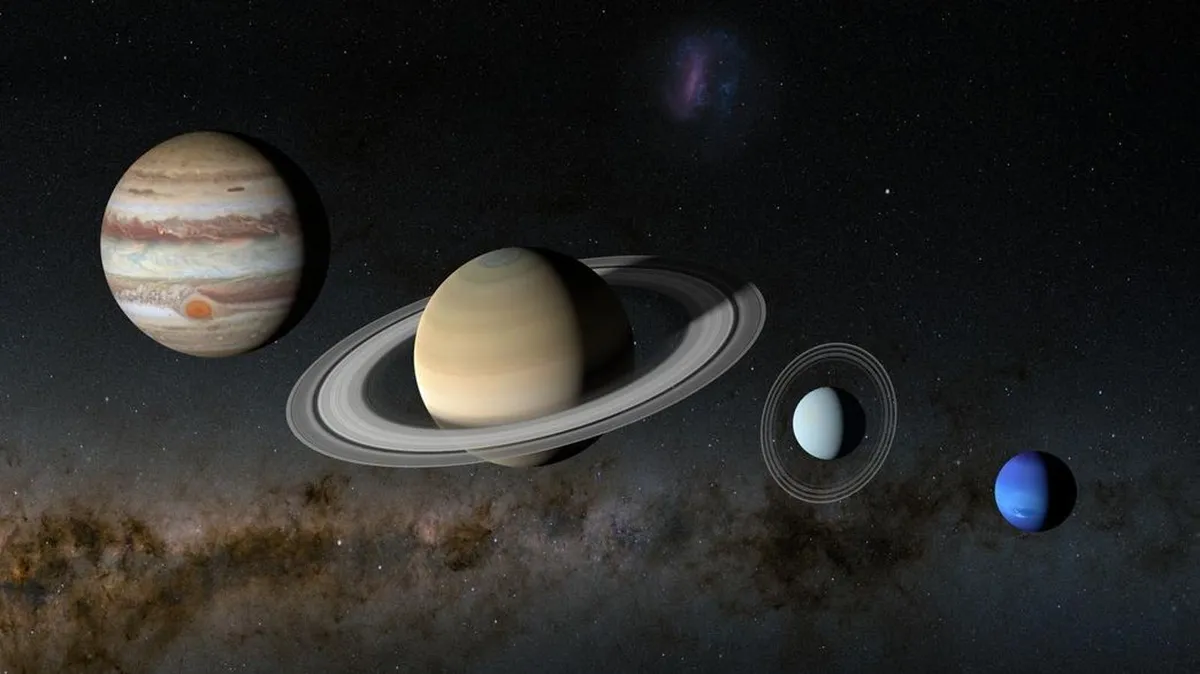
Skywatchers are in for an exciting treat on Saturday, August 23, as a stunning planetary alignment will bring six planets into view, creating a breathtaking pre-dawn parade. This rare event will showcase the planets Venus, Jupiter, Saturn, Mercury, Uranus, and Neptune. Among these celestial bodies, four — Venus, Jupiter, Saturn, and Mercury — will be visible to the naked eye, with Mercury being particularly easy to spot in the eastern sky just before sunrise.
On the same day as the planet parade, a significant astronomical phenomenon known as a “black moon” will occur at 2:06 a.m. EDT. During this phase, the moon will become invisible as it positions itself between Earth and the sun. Astronomers refer to it as a “black moon” because it is the third of four new moons within a single astronomical season. This alignment will provide an ideal backdrop for stargazing enthusiasts.
As you gaze at the planet parade, you will notice the stars Castor and Pollux from the constellation Gemini to the left of Venus and Jupiter. Meanwhile, to the lower right of these planets, the bright star Betelgeuse in the Orion constellation can be seen, along with the three prominent stars of Orion's Belt — Alnitak, Alnilam, and Mintaka. This alignment of planets and stars makes for a mesmerizing view that no stargazer should miss.
After the much-anticipated planet parade concludes, only three bright planets — Saturn, Jupiter, and Venus — will remain visible to the naked eye, as Mercury will retreat into the sun's glare. The next major event for stargazers will be a “blood moon” total lunar eclipse on September 7, which will be visible across extensive regions of Asia, Africa, and western Australia.
On September 19, just before sunrise, observers will be treated to a stunning view of a super-slim waning crescent moon positioned close to Venus and Regulus, the brightest star in the constellation Leo. This rare alignment promises to be a beautiful sight for stargazers.
Following that, on September 21, a partial solar eclipse will be visible across parts of the Pacific Ocean as Saturn reaches its opposition. This event marks the planet's brightest appearance of the year, making it the perfect time for observers to witness Saturn's iconic rings. While Saturn can be seen with the naked eye, using a modest backyard telescope will reveal its stunning rings in detail, although this year they will be observed from a side-on view.
For those interested in expanding their knowledge about the planet parade and other celestial events, consider checking out:
Forbes: "Planet Parade" Myths Debunked and How to Truly See It — By a Stargazer NASA Urges Public to Leave the City as Milky Way Appears — 15 Places to Go